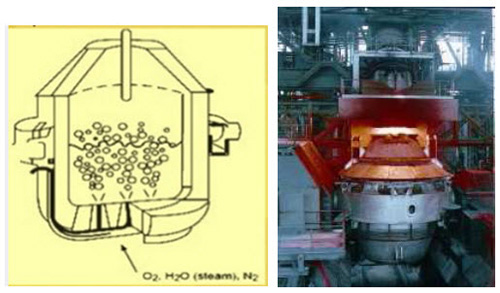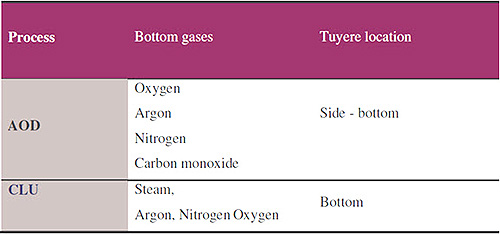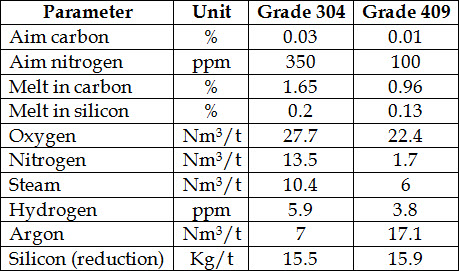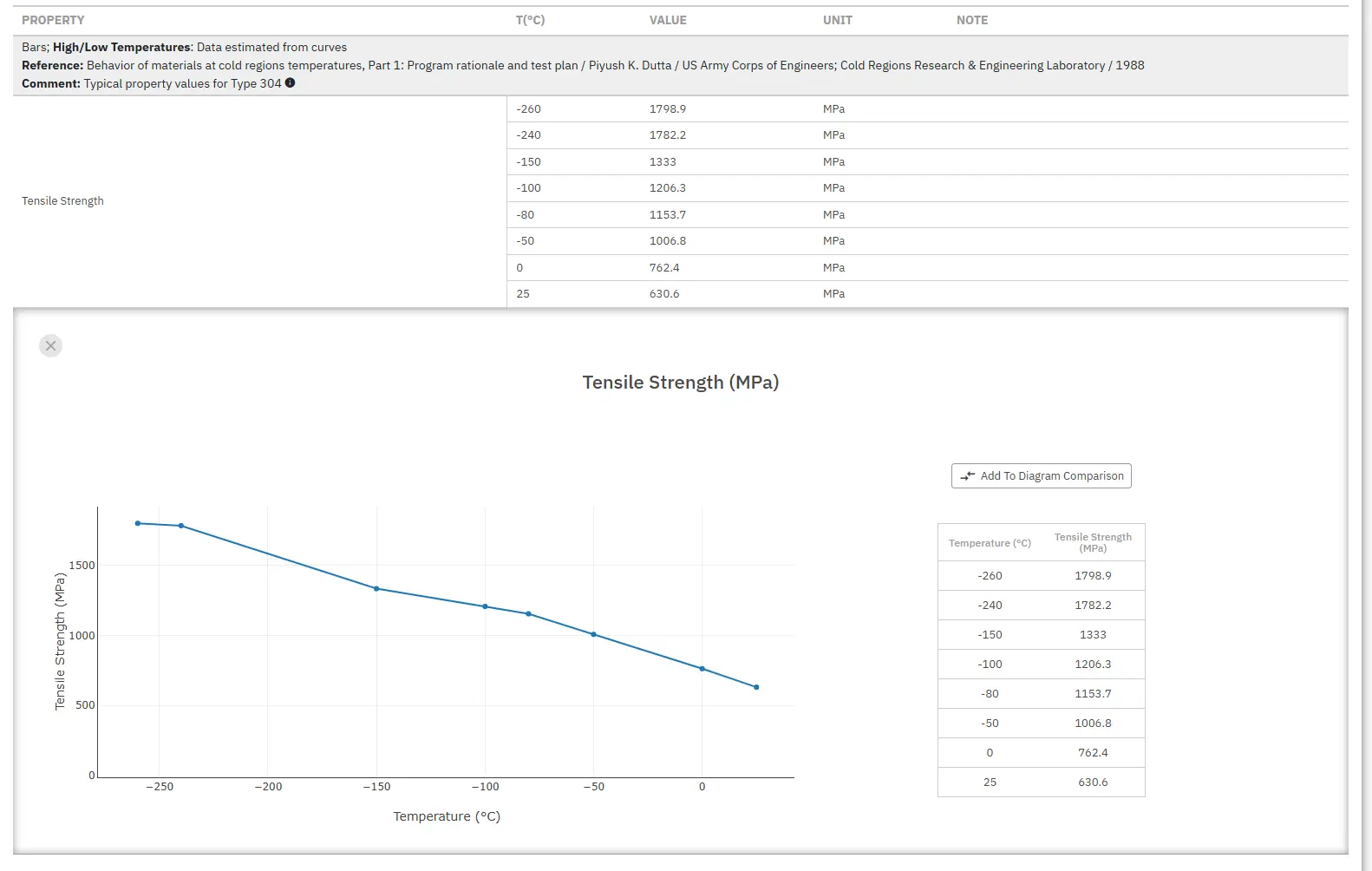The CLU Converter Process
Abstract
The CLU converter process is part of a number of modern processes which focus on driving more efficient, cost effective steelmaking and in particular through secondary refining processes.
Advantages of the CLU process include among others, temperature control and price advantage over similar processes.
High speed technology has become the necessity for steelmaking and ferro-alloys production in order to increase the productivity, reduce the production cost, and meet specific quality requirements. The new developments taken place relating to steel are as follows:
- Increasing use of electric arc furnaces for alloy steel and stainless steel making
- Use of ladle metallurgy for improving productivity and quality
- AOD, CLU, VOD secondary refining practices for stainless steel and alloy steel making
As mentioned above, in steel making practices, refining of the metal and alloying processes are carried out in various vessels. The refining process in the converter involves the oxidation of excess carbon in the metal whilst increasing or keeping the levels of other elements constant.
Nowadays, stainless steel making is achieved efficiently through technologies like AOD (Argon-oxygen-decarburization) and CLU (Creusot-Loire-Uddeholm). Both processes are similar in their applications. The difference lies on the gaseous mixture used and the location of gas injection.

Figure 1: Cross section of CLU converter and CLU converter in plant operational condition
The charge of the CLU or AOD converter is composed of the hot metal from the arc furnace, fluxes and others additions such as scrap and ferro-chromium. The hot metal (crude steel) contains mostly iron, chromium, nickel, carbon and other undesirable elements such as phosphorus, sulfur and manganese. Fluxes are salts that are added to the bath for the purpose of slagging undesirable elements and balancing the heat within the bath at the optimum level.
Hot metal is formed mostly by scrap. Fluxes are dependent on the chemical nature of the slag (acid or alkaline) and the refractory wear. The gas mixture is injected through nozzles or tuyeres located at or near the bottom of the vessel to promote mixing, heat transfer and mass transfer in the bath smelting. Under these conditions; reactions take place rapidly resulting in a higher refining rate. As reactions proceed, three phases are formed in the bath namely molten steel, liquid slag and gas. The lighter phase (slag) floats on top of the heavier phase (molten steel) during the refining process. The gas mixture characteristics used in AOD and CLU are given in Table 1.

Table 1: Gas injection characteristics in AOD and CLU
Typical parameters
Typical parameters and conditions for stainless steel grades 304 and 409 for CLU process are given in Table 2.

Table 2: Typical parameters and conditions for grade 304 and grade 409
Advantages
- The possibility of controlling the temperature during the decarburization
- The cost of dilution gas is low
- The process uses low priced ferrochromium (Fe-Cr) with high Si and C contents
- The low operating temperature
Access Precise Properties of Stainless Steels Now!
Total Materia Horizon contains property information for 120,000+ stainless steels: composition, mechanical and physical properties, nonlinear properties and much more.

Get a FREE test account at Total Materia Horizon and join a community of over 500,000 users from more than 120 countries.